
All Members

Professor Adam Perriman

Dr Ben Carter
I worked in the Perriman Group from September 2014 – March 2018. My PhD, entitled 'Constructs for the detoxification of organophosphorous compounds', involved developing the first artificial membrane-binding enzymes. Using OpdA, an OP-degrading enzyme that evolved in soil bacteria, I was able to generate enzymatically-active constructs that spontaneously bound to cell membranes. I now work for CytoSeek, a spin-out from the Perriman group that is commercialising artificial membrane-binding protein technology to address unmet needs in cell-therapy treatments for cancers. For more information, visit cytoseek.uk.
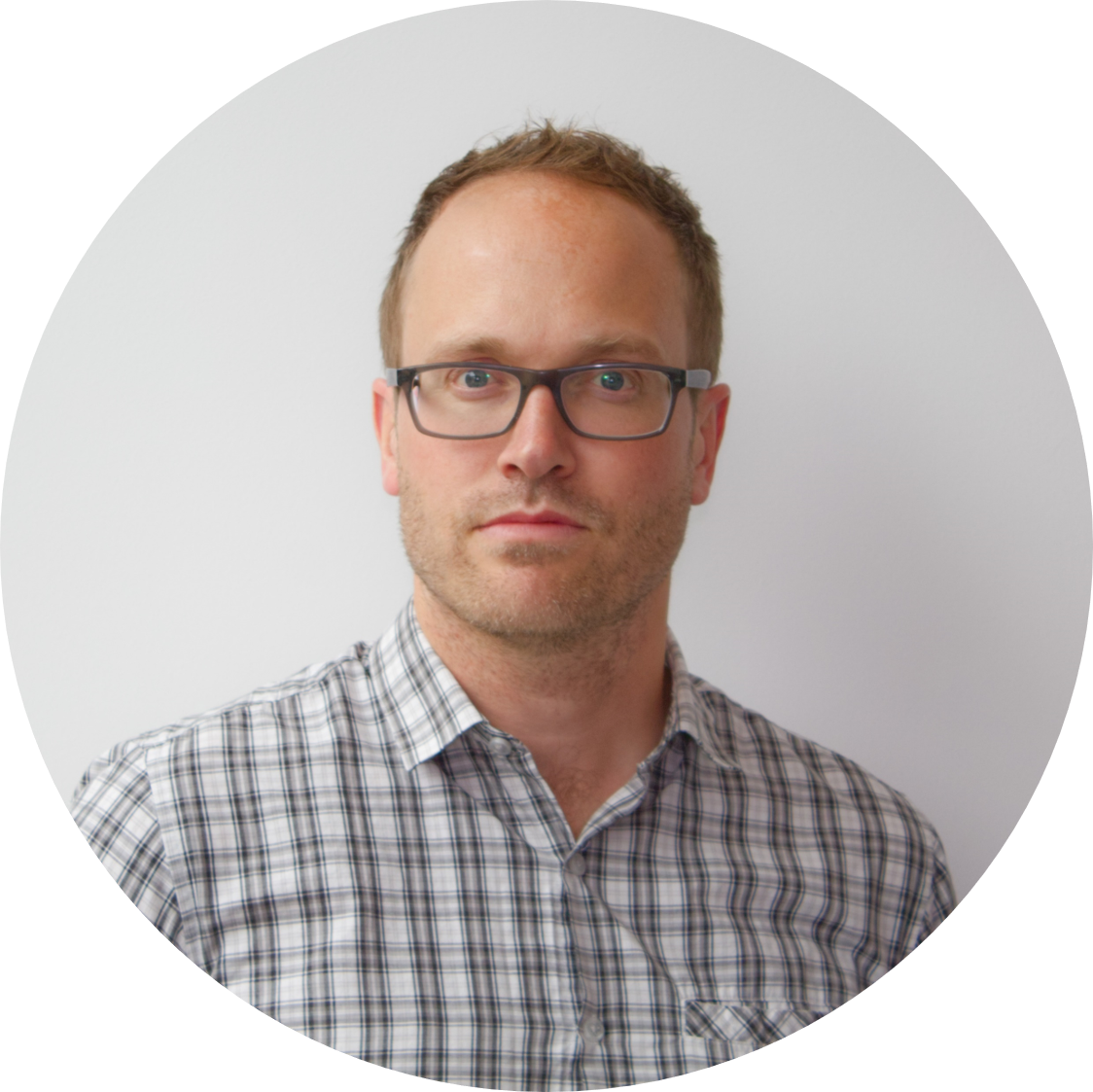
Dr David Coe

Dr Sara Correia Carreira
I'm developing the next generation of laboratory models of human skin with the aim of reducing animal testing. A major limitation of current skin models is that they don’t mimic the stretching and bending that skin experiences in real life. It is important to incorporate these motions because they can influence how substances penetrate through skin, or how wearable devices perform when skin is moving. In my research, I'm interfacing tissue engineered skin with soft robotic actuators, which function like artificial muscles that can stretch and bend the skin. Delivering mechanical stimulation to lab-grown skin can also improve the quality of skin grafts used to treat burns and wounds. Currently, these grafts are grown in the lab without ever experiencing the mechanical stresses they will encounter once they are applied to the patient. This means they don’t build up the toughness and structure of natural skin, which may be a reason for skin graft failures, such as tears. Therefore, I am also working towards engineering better skin grafts.
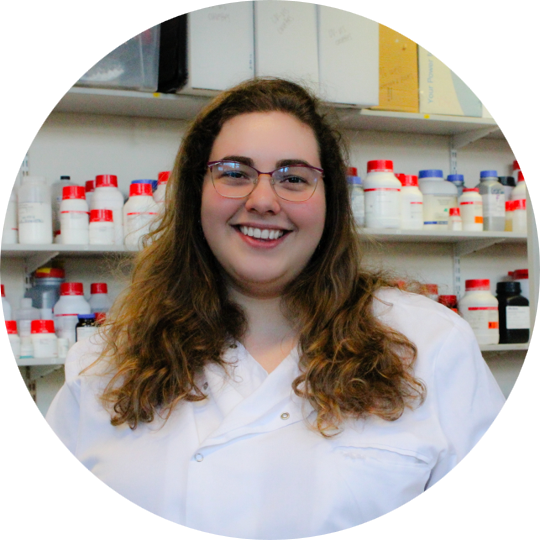
Dr Raquel Cruz Samperio
Macromolecular assembly of protein fusions to stem cells for cardiac therapy. Designing and optimising multi-module protein fusions to enhance the therapeutic performance of stem cells and their homing to infarcted tissue. These proteins contain one module that anchors to the cell membrane of stem cells by ionic interaction, whilst the other module is an acceptor for specific fusion to other proteins (e.g. fluorescent tags, transcription factors, etc.).

Dr Graham Day
My project involves the biophysical and structural characterisation of phosphotriesterases, which hydrolyse neurotoxic organophosphorus compounds found in chemical warfare agents and pesticides. Moreover, these enzymes are re-engineered to facilitate complexation to polymer surfactants to generate hierarchically self-assembled materials such as films or composite textiles. These robust materials exhibit the properties of the constituent proteins and offer new solutions to protection from and decontamination of organophosphorus compounds. I am also exploring new enzyme–biopolymer conjugation strategies to increase the catalytic activity or substrate range of these enzymes.
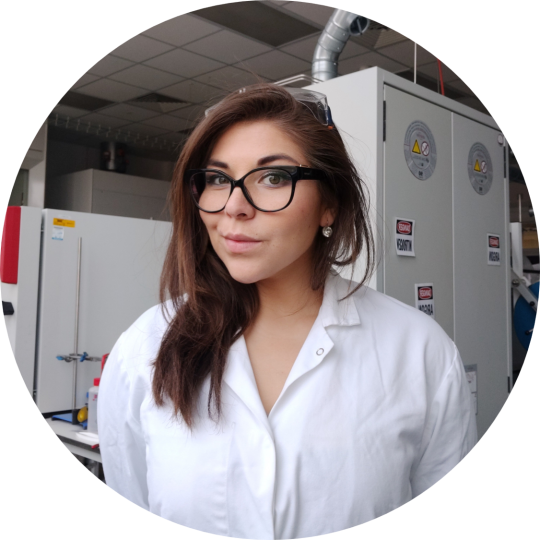
Andrea Diaz Gaxiola
I am working on the manufacturing of light-controlled soft robots. These are not the classically known robots made of steel and wires. On the contrary, they are hydrogels made soft and squishy, yet tough and elastic. The greatest feature is their application as smart scaffolds for tissue engineering.
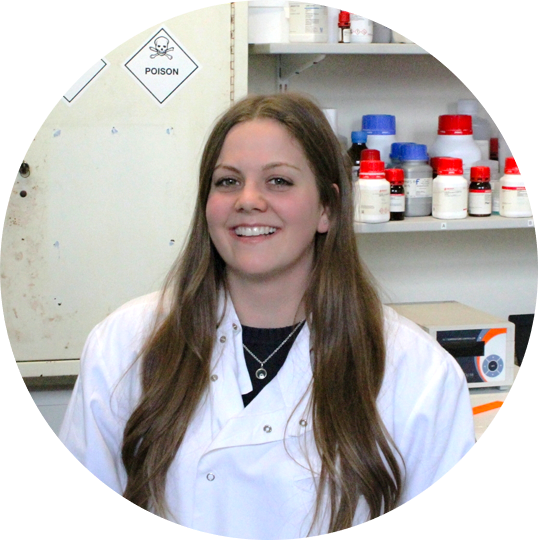
Corrigan Hicks
My project involves the development of artificial membrane binding proteins (AMBPs) for the modification of synthetic vesicles to enhance in vivo cardiovascular repair. My project involves the rational design and comprehensive biophysical characterisation of both the vesicles, AMBPs and modified vesicles. This work is a step towards building a modular homing system to target synthetic vesicles towards various specific sites in vivo.
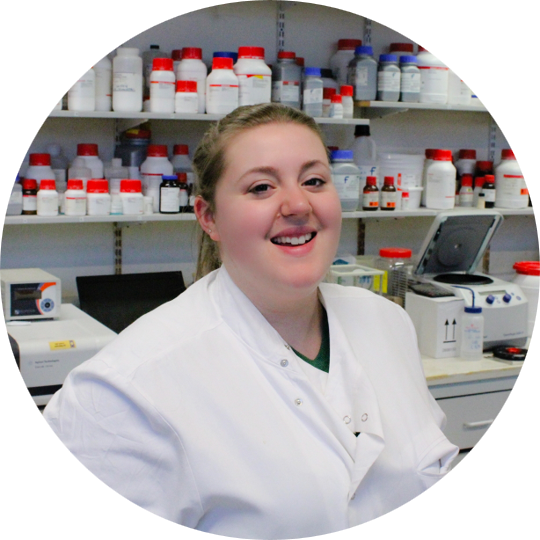
Beth Hickton
My project is a dstl industry-sponsored collaboration between the departments of Aerospace and Biomedical Engineering.
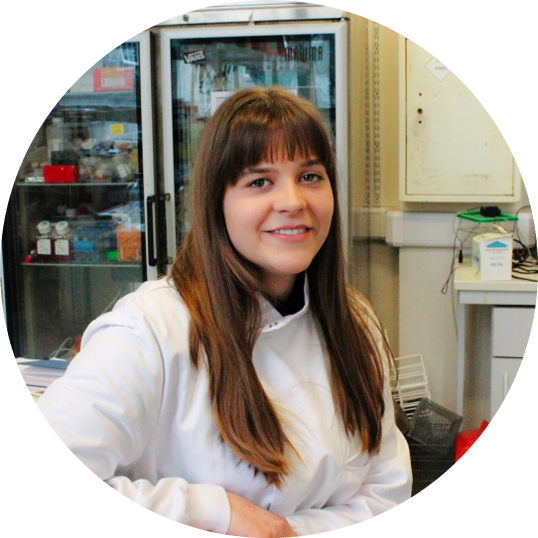
Agata Jakimowicz
My research project is focused on the development of a smart microporous biological 3D printable ink (bioink) that can be used in both in vitro and in vivo tissue engineering. The structural component of the bioink is a viscoelastic hydrogel that has a highly tuneable temperature-dependent phase transition. In practice, this allows it to be extruded from nozzles (e.g. a needle) as a liquid at room temperature, which subsequently transforms into a self-supporting hydrogel at body temperature. Housed within this biomaterial-based hydrogel, is a cell-free expression system, which can be developed to produce growth factors that are essential for bone healing. Significantly, the delivery of these factors will be controlled using transcription regulation, such that the growth factor expression levels can be systematically modulated. The resulting smart bioink will be 3D printed in the presence of mesenchymal stem cells to control differentiation. This method of stem cell differentiation stimulation into osteoblasts has potential as a powerful technique in tissue engineering research and as a clinical tool for bone fracture repair.

Peter Johnson
3D response of cancer to chemotherapies can be modelled using cancer spheroids, which grow from single cancer cells in a 3D matrix. High throughput bioprinting, coupled with high content microscopy and image analysis, allows for the screening of different therapeutic combinations against thousands of cancer spheroids in a controlled manner. In the future, this approach could be used to reduce the need for animals in drug testing, or to personalise cancer therapies for patients by analysing treatment combinations to find an optimal therapy.
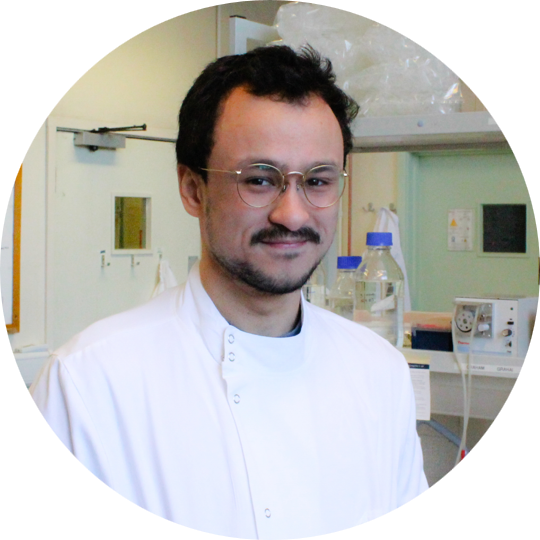
George Klemperer
My research work is in the area of 3D-printable engineered living materials (ELMs). ELMs are a type of biohybrid material that combine whole living cells with non-biological components/scaffolds. The idea is to combine the best of both worlds. The autonomous capabilities of cells with the tractability of synthetic materials (may they be polymers/gels/ceramics/metals etc.) to create materials with novel biologically-derived feedback properties and embedded intelligence. In my project, I aim develop a 3D printable E. coli-laden bioink ELM. This will become a new platform for patterned bacterial microreactor synthesis (constructs augmented with the abilities of transformed E. coli). Current bacterial microreactor applications being investigated include organophosphate bioremediation and hybrid gel synthesis.
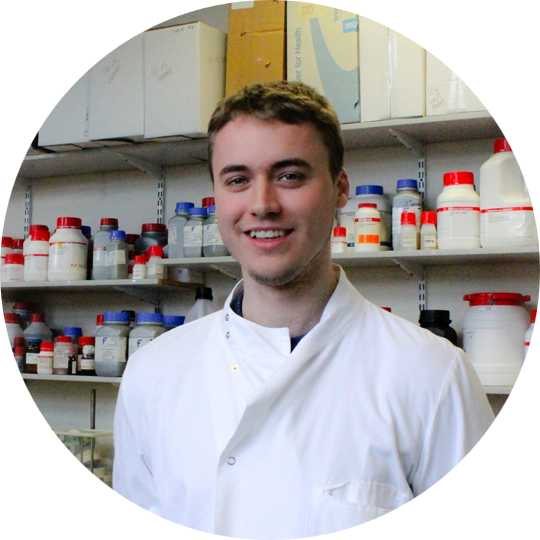
William Macalester
Periodontitis is an oral disease characterised by the persistent inflammation of periodontal tissues which, if left untreated, ultimately leads to alveolar bone dissolution and tooth loss. My project aims to create an in vitro model of the human periodontium in order to elucidate potential growth mechanisms which may inform the development of regenerative therapies. This work combines bioprinting and tissue engineering approaches to generate a 3D tissue model amenable to high throughput testing.

Dr Sara Menegatti
Trained as a Stem Cell Biologist, I joined CytoSeek and its mission to improve cell therapies by using a unique cell membrane augmentation technology. My aim is to develop in vitro and in vivo assays to assess the efficacy of our therapeutic in the fields of oncology and regenerative medicine.
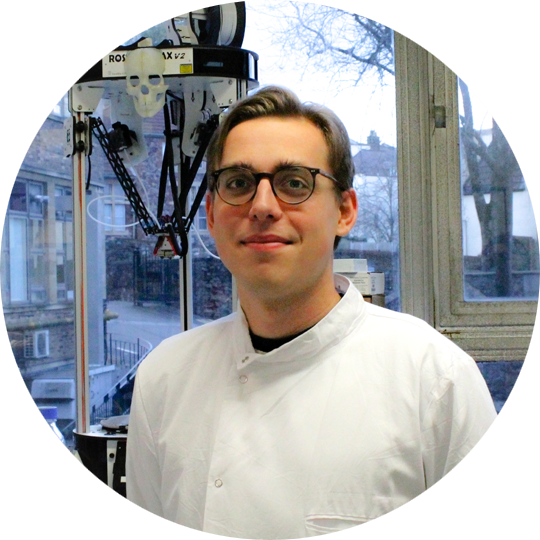
Dr Thomas Richardson
My doctoral and postdoctoral work has centered around building a 3D model of the renal glomerular filtration barrier, using conditionally immortalised podocytes and endothelial cells first established at the University of Bristol. I broadly followed two approaches to achieve this aim, one using 3D bioprinting and the other using fibrin gels and protein engineering. In the latter, I co-developed a method generating 3D fibrin scaffolds from purified and modified thrombin. By chemically modifying thrombin so it had a surfactant corona, the enzyme could be embedded in the membrane of several cell types. In the presence of fibrinogen in solution, this membrane bound thrombin would form a hydrogel from the very surface of the cells, serving as a kind of extracellular matrix (ECM) mimic. Conditionally immortalised podocytes and endothelial cells in these 3D fibrin gels produced ECM specific to the glomerular basement membrane, which was verified using lightsheet microscopy. The second major aim of my PhD was to develop new 3D bioprinting methods to build a 3D renal model. I have also developed methodologies relating to fluorescence imaging (namely confocal microscopy), image processing, electron microscopy and immunohistochemistry.
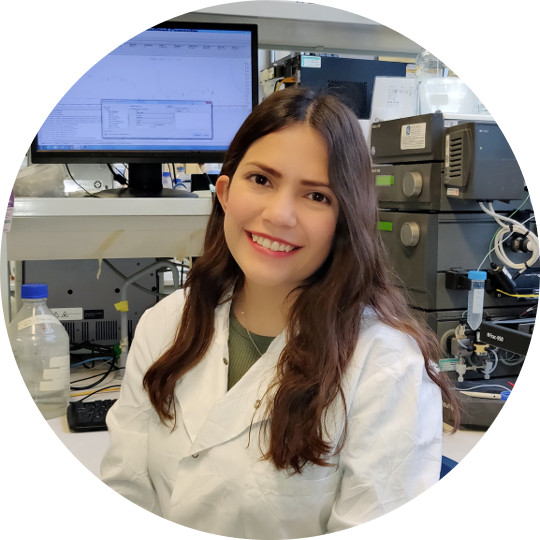
Valeria Sandoval Torres
Cytoseek Partnered Project - Adoptive Cell Therapies for Cancer
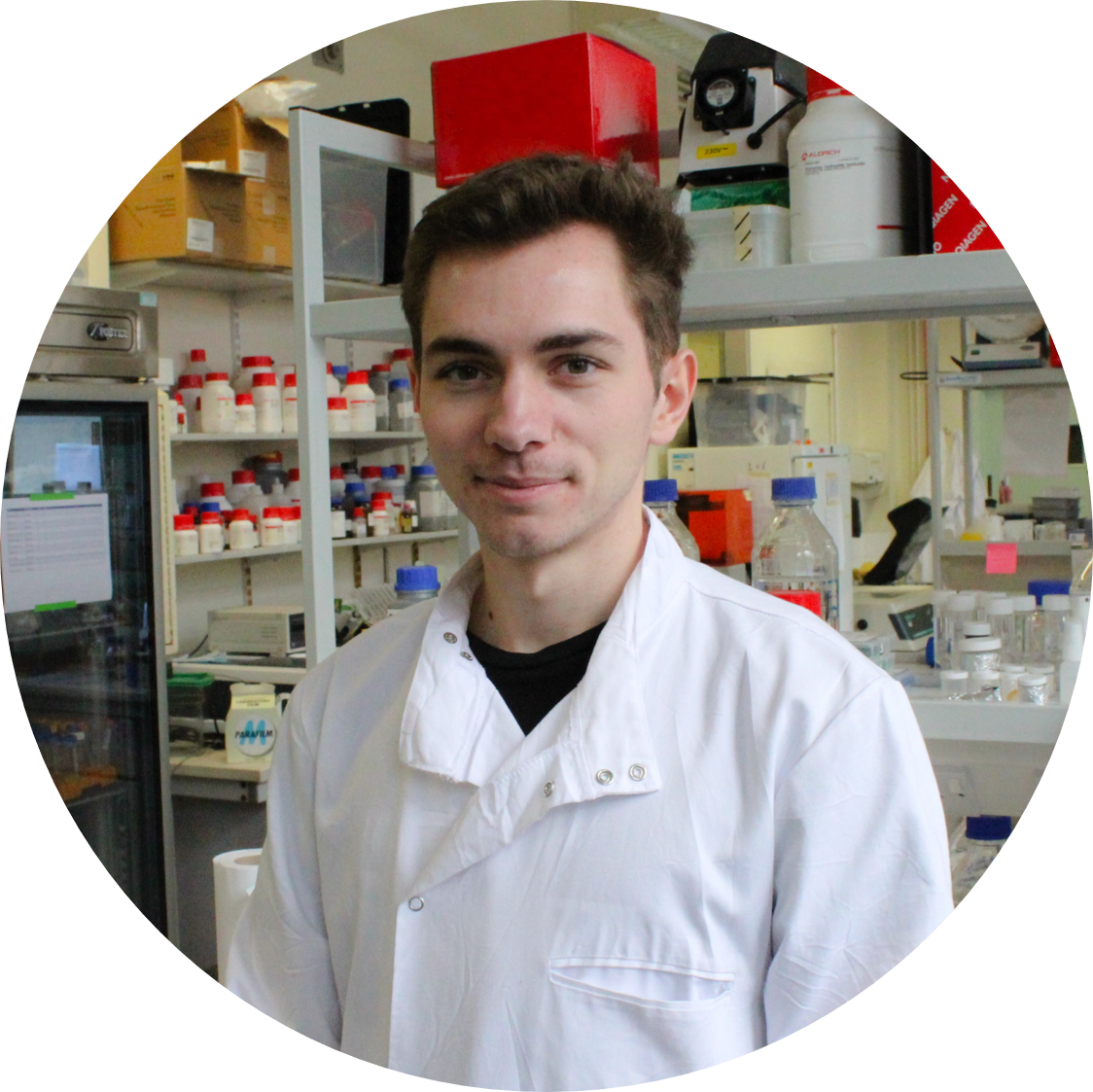
Mark Shannon
I’m working on the fabrication of engineered living materials towards the development of bioreactors. This project involves the 3D bioprinting of bacteria laden hydrogels that can be precisely deposited into predesigned architectures. These structures both shelter the cells and maintain their metabolic function. The genetic tractability of bacteria permits the expression of a wide range of recombinant enzymes to tailor these materials for bespoke application in bioremediation.
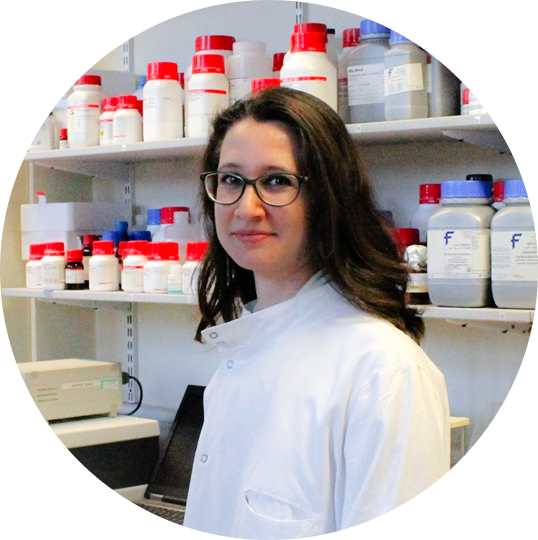
Dr Jenna Shapiro
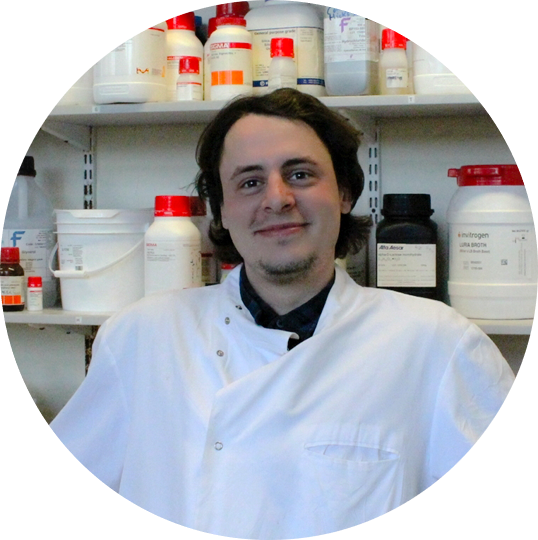
Thomas Taylor
Cytoseek Partnered Project
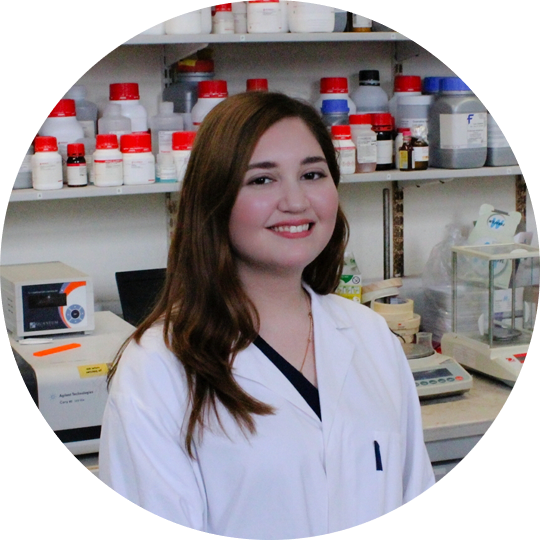
Ximena Vasto Anzaldo
Cytoseek Partnered Project.

Ioannis Zampetakis
The research project focuses on the development of novel composite materials using Cactus (Opuntia ficus-indica) fibres for impact energy dissipation and bone tissue engineering applications. This type of natural fibres has shown interesting deformation mechanics and energy dissipating potential under cyclic fatigue loading. We aim to characterize the natural fibres on a multiscale level to gain an understanding of their mechanical properties and use them as design guidelines for the development of novel polymeric composites and assessing their potential in energy dissipation and bone regeneration applications.
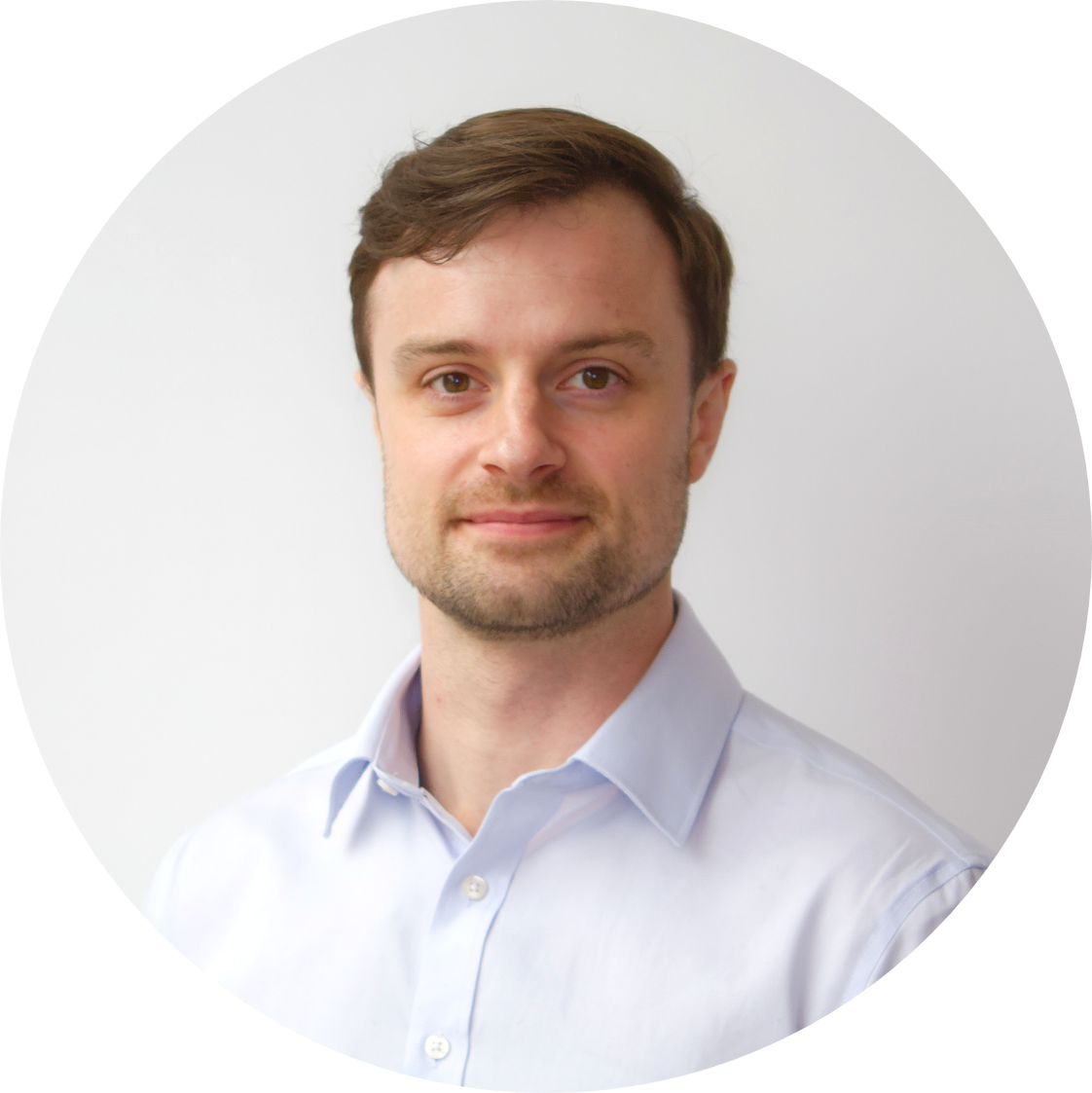
Dr Thomas Green
As a PhD student in the Perriman Lab I was primarily interested in augmenting the functionality of stem cells without modifying their genomes; particularly focusing on homing to damaged heart tissue following myocardial infarction. I accomplished this by constructing an artificial membrane binding molecule which incorporated a repurposed bacterial adhesion molecule. This novel construct bound to immobilized fibronectin with greater specificity and affinity than a comparable antibody, and demonstrated increased mesenchymal stem cell homing to cardiac tissue in a mouse model. This methodology paved the way for further experiments in the group using similar systems.
After completing my PhD research I joined Professor Perriman’s spin-out company Cytoseek as a founding member and now work towards commercialising the technology developed by myself and others in the academic group
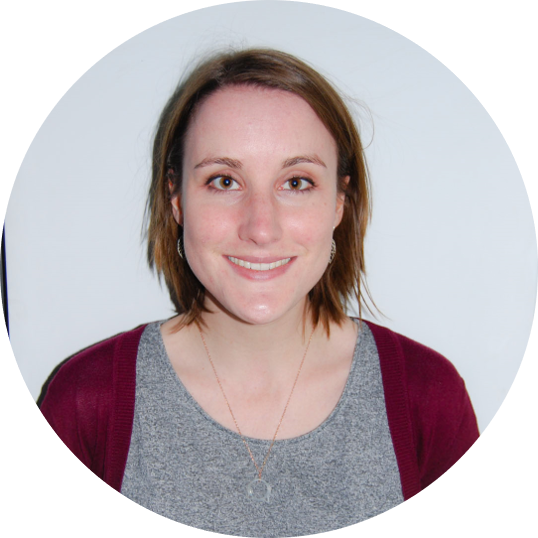
Dr Madeline Burke
My project which encompassed a wide range of interdisciplinary topics, including scaffold design for tissue engineering, the culture of disease models for kidney fibrosis, and 3D bioprinting of cells. Successfully graduated in 2017 and am now working as a Science Policy advisor in Westminster
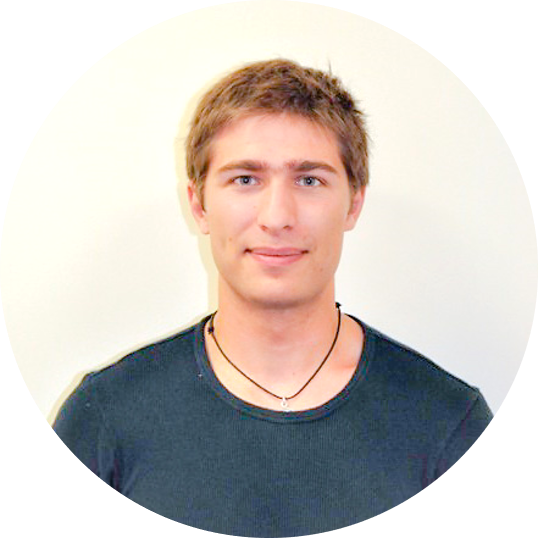
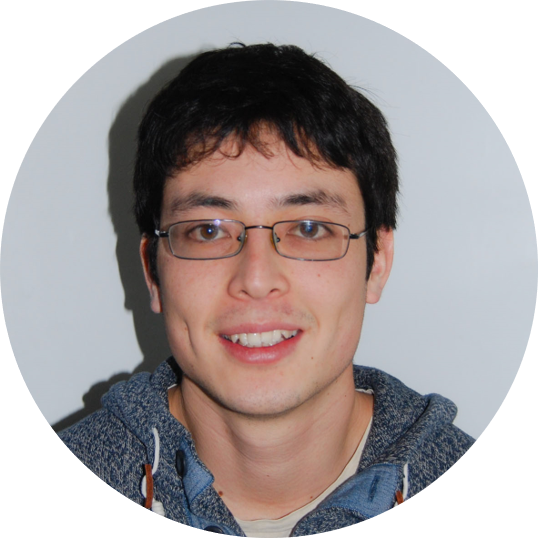
Dr James Armstrong
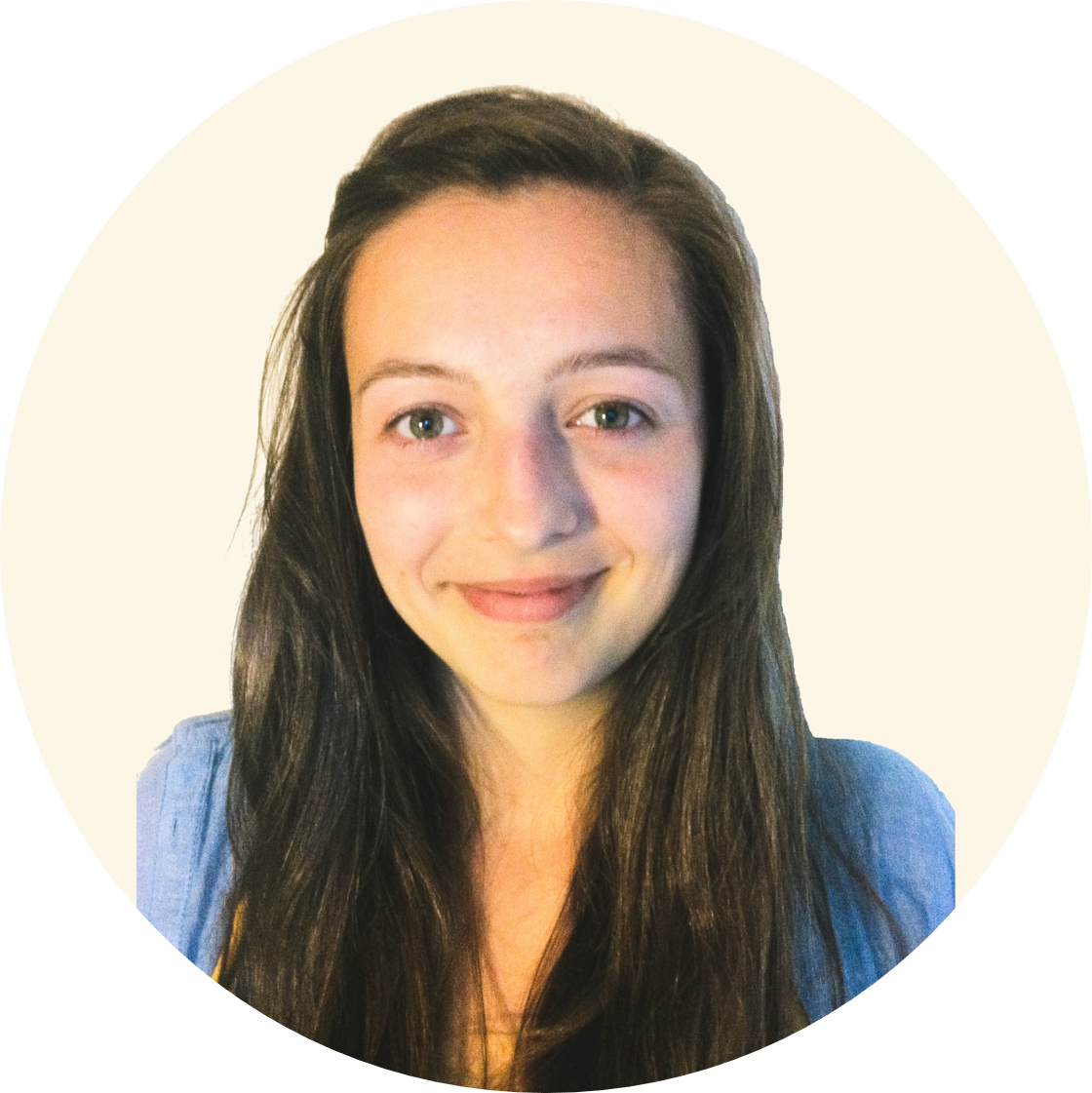
Dr Monika Jakimowicz
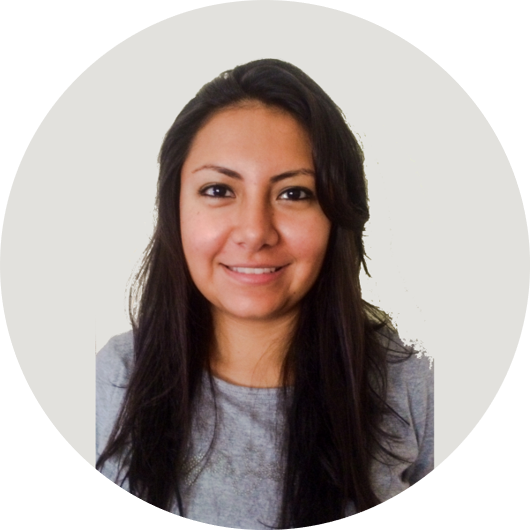
Dr Rosalia Cuahtecontzi

Dr Robert Deller




























